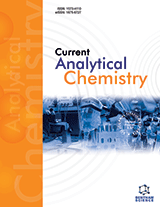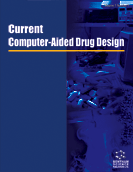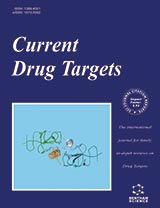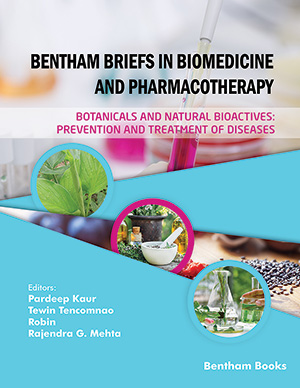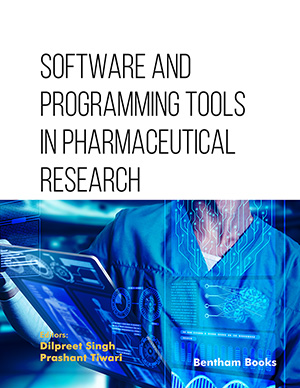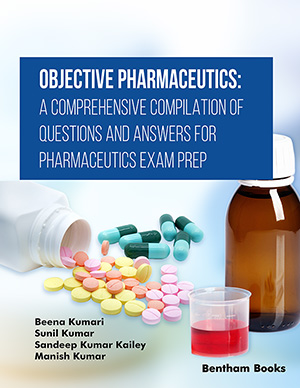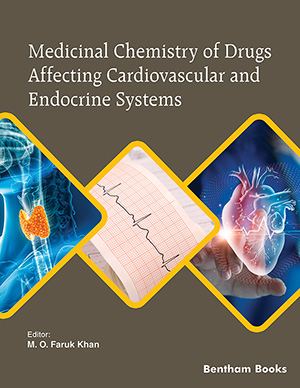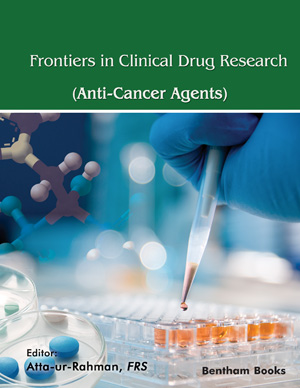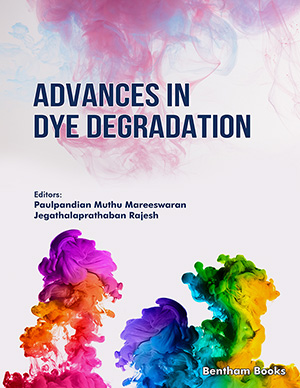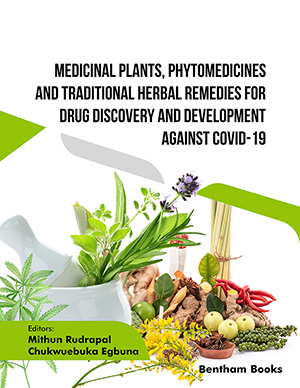Abstract
As chemotherapy with temozolomide is far from providing satisfactory clinical outcomes for patients with glioblastoma, more efficient drugs and drug combinations are urgently needed. The anti-malarial artesunate was previously shown to exert a profound cytotoxic effect on various tumor cell lines including those derived from glioblastoma. In the current study, we sought to examine the antiproliferative effect of a combination of temozolomide and artesunate on two different established human glioblastoma cell lines. The IC50 and IC25 were determined for temozolomide and artesunate in U87MG and A172 glioblastoma cell lines after 144 h of continuous drug exposure. The antiproliferative effect of combining both agents at IC50/IC50 and IC25/IC25 was determined by a cell viability assay. Moreover, necrosis and apoptosis were analyzed by annexin V/PI staining and flow cytometric analysis. In addition, cytostatic effects were examined by carboxyfluorescein diacetate succinimidyl ester staining and subsequent flow cytometry. In both glioblastoma cell lines, artesunate was found to enhance the antiproliferative effect exerted by temozolomide. Moreover, artesunate acted in concert with temozolomide in terms of cytostatic and necrotizing effects. These observations suggest that a combination of artesunate and temozolomide might result in increased cytotoxicity in glioblastoma.
Keywords: Artesunate, combination therapy, cytostasis, glioblastoma, necrosis, temozolomide.
Anti-Cancer Agents in Medicinal Chemistry
Title:Artesunate Enhances the Antiproliferative Effect of Temozolomide on U87MG and A172 Glioblastoma Cell Lines
Volume: 14 Issue: 2
Author(s): Georg Karpel-Massler, Mike-Andrew Westhoff, Richard E. Kast, Annika Dwucet, Lisa Nonnenmacher, C. Rainer Wirtz, Klaus-Michael Debatin and Marc-Eric Halatsch
Affiliation:
Keywords: Artesunate, combination therapy, cytostasis, glioblastoma, necrosis, temozolomide.
Abstract: As chemotherapy with temozolomide is far from providing satisfactory clinical outcomes for patients with glioblastoma, more efficient drugs and drug combinations are urgently needed. The anti-malarial artesunate was previously shown to exert a profound cytotoxic effect on various tumor cell lines including those derived from glioblastoma. In the current study, we sought to examine the antiproliferative effect of a combination of temozolomide and artesunate on two different established human glioblastoma cell lines. The IC50 and IC25 were determined for temozolomide and artesunate in U87MG and A172 glioblastoma cell lines after 144 h of continuous drug exposure. The antiproliferative effect of combining both agents at IC50/IC50 and IC25/IC25 was determined by a cell viability assay. Moreover, necrosis and apoptosis were analyzed by annexin V/PI staining and flow cytometric analysis. In addition, cytostatic effects were examined by carboxyfluorescein diacetate succinimidyl ester staining and subsequent flow cytometry. In both glioblastoma cell lines, artesunate was found to enhance the antiproliferative effect exerted by temozolomide. Moreover, artesunate acted in concert with temozolomide in terms of cytostatic and necrotizing effects. These observations suggest that a combination of artesunate and temozolomide might result in increased cytotoxicity in glioblastoma.
Export Options
About this article
Cite this article as:
Karpel-Massler Georg, Westhoff Mike-Andrew, Kast E. Richard, Dwucet Annika, Nonnenmacher Lisa, Wirtz Rainer C., Debatin Klaus-Michael and Halatsch Marc-Eric, Artesunate Enhances the Antiproliferative Effect of Temozolomide on U87MG and A172 Glioblastoma Cell Lines, Anti-Cancer Agents in Medicinal Chemistry 2014; 14 (2) . https://dx.doi.org/10.2174/18715206113136660340
| DOI https://dx.doi.org/10.2174/18715206113136660340 |
Print ISSN 1871-5206 |
| Publisher Name Bentham Science Publisher |
Online ISSN 1875-5992 |
Call for Papers in Thematic Issues
Induction of cell death in cancer cells by modulating telomerase activity using small molecule drugs
Telomeres are distinctive but short stretches present at the corners of chromosomes and aid in stabilizing chromosomal makeup. Resynthesis of telomeres supported by the activity of reverse transcriptase ribonucleoprotein complex telomerase. There is no any telomerase activity in human somatic cells, but the stem cells and germ cells undergone telomerase ...read more
Signaling and enzymatic modulators in cancer treatment
Cancer accounts for nearly 10 million deaths in 2022 and is considered the leading cause of worldwide mortality. Cancer outcome can be improved through an appropriate screening and early detection and through an efficient clinical treatment. Chemotherapy, radiotherapy and surgery are the most important approach for the treatment of several ...read more
 50
50
- Author Guidelines
- Graphical Abstracts
- Fabricating and Stating False Information
- Research Misconduct
- Post Publication Discussions and Corrections
- Publishing Ethics and Rectitude
- Increase Visibility of Your Article
- Archiving Policies
- Peer Review Workflow
- Order Your Article Before Print
- Promote Your Article
- Manuscript Transfer Facility
- Editorial Policies
- Allegations from Whistleblowers
Related Articles
-
Modulating Fatty Acid Metabolism and the AMP-Activated Protein Kinase Pathway as a Target for Obesity Therapy
Current Medicinal Chemistry - Immunology, Endocrine & Metabolic Agents Cross-Talk Between TGF-β and NADPH Oxidases During Liver Fibrosis and Hepatocarcinogenesis
Current Pharmaceutical Design Cytotoxic Effect of the Red Beetroot (Beta vulgaris L.) Extract Compared to Doxorubicin (Adriamycin) in the Human Prostate (PC-3) and Breast (MCF-7) Cancer Cell Lines
Anti-Cancer Agents in Medicinal Chemistry In Silico Transcriptomic Analysis of the Chloride Intracellular Channels (CLIC) Interactome Identifies a Molecular Panel of Seven Prognostic Markers in Patients with Pancreatic Ductal Adenocarcinoma
Current Genomics Specific Targeting of HER2-Positive Head and Neck Squamous Cell Carcinoma Line HN5 by Idarubicin-ZHER2 Affibody Conjugate
Current Cancer Drug Targets Editorial (Thematic Issue: Oncoviruses and Head and Neck Cancer: An Impending Facts)
Recent Patents on Biomarkers Bone Target Radiotracers for Palliative Therapy of Bone Metastases
Current Medicinal Chemistry The Design of Vectors for RNAi Delivery System
Current Pharmaceutical Design Therapeutic Potential, Synthesis, Patent Evaluation and SAR Studies of Thieno[3,2-d]pyrimidine Derivatives: Recent Updates
Current Drug Targets Evolution of the Strategies for Screening and Identifying Human Tumor Antigens
Current Protein & Peptide Science Screening Novel SAHA Derivatives as Anti-lung Carcinoma Agents: Synthesis, Biological Evaluation, Docking Studies and Further Mechanism Research between Apoptosis and Autophagyetween Apoptosis and Autophagy
Anti-Cancer Agents in Medicinal Chemistry Indoleamine 2,3-Dioxygenase, an Emerging Target for Anti-Cancer Therapy
Current Cancer Drug Targets Emergence of Nanomedicine as Cancer Targeted Magic Bullets: Recent Development and Need to Address the Toxicity Apprehension
Current Drug Discovery Technologies Novel Strategies in Therapy of Head and Neck Cancer
Current Cancer Drug Targets Drug Design Studies of the Novel Antitumor Targets Carbonic Anhydrase IX and XII
Current Medicinal Chemistry Nucleosides, a Valuable Chemical Marker for Quality Control in Traditional Chinese Medicine Cordyceps
Recent Patents on Biotechnology Bone Metastasis: Molecular Mechanisms Implicated in Tumour Cell Dormancy in Breast and Prostate Cancer
Current Cancer Drug Targets Inactivation of Parathyroid Hormone: Perspectives of Drug Discovery to Combating Hyperparathyroidism
Current Molecular Pharmacology Clinical Utility of Combined 18F-Fluoro-2-deoxyglucose Positron Emission Tomography – Computed Tomography in the Evaluation of Gastrointestinal Malignancies
Current Medical Imaging Combination of DC Vaccine and Conventional Chemotherapeutics
Anti-Cancer Agents in Medicinal Chemistry




